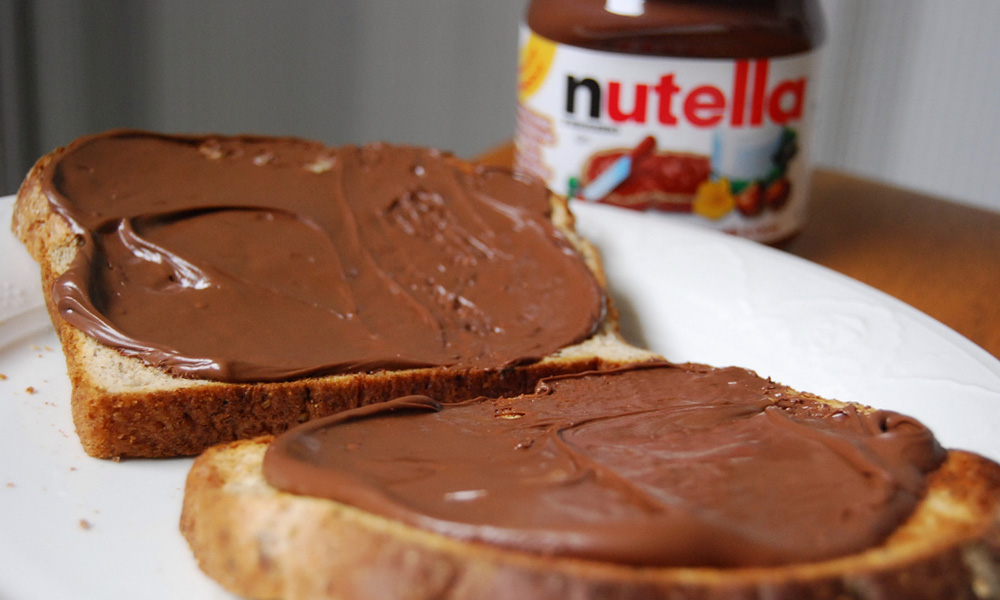
When Not to Protect Your Association’s Brand
As two recent incidents show, the dangers of coming down too hard on fans, enthusiasts, or the "little guy" may not make legal action worth it from a PR standpoint.
That’s no way to treat your biggest fans.
It’s important for your association to consider the public relations consequences and whether or not the legal action is worth it in that light.
In recent days, a couple of stories have risen of companies, in efforts to protect their brands from improper usage, ending up doing the exact opposite by threatening legal action.
While it’s certainly important to protect your association’s brand, a legal situation with a small-scale opponent can be a dangerous game to play. A couple of examples:
That’s just nuts: Just because someone is the world’s biggest fan of something doesn’t mean the creators of that product are going to react well when you launch an official day in the product’s honor. That’s what Sara Rosso, Nutella fanatic, recently learned when the creators of the product, Ferrero SpA, sent Rosso a cease-and-desist letter in regard to the fan-created holiday. “The cease-and-desist letter was a bit of a surprise and a disappointment, as over the years I’ve had contact and positive experiences with several employees of Ferrero SpA and with their public relations and brand strategy consultants, and I’ve always tried to collaborate and work together in the spirit and goodwill of a fan-run celebration of a spread I (to this day) still eat,” she wrote on her blog, according to Mashable. However, the company eventually had a change of heart, and Rosso was able to report in an update to the story, “there’s been a positive resolution to the situation.”
Snow fallout: Last winter, The New York Times drew a significant amount of buzz from web users at large when it published “Snow Fall,” a multimedia story with a highly visual interface employing videos that interact with your browser as you scroll. Afterward, the creator of Scroll Kit, a service that allows users to lay out content visually, mimicked the design of the article and used the tagline, “The NYT spent hundreds of hours hand-coding ‘Snow Fall.’ We made a replica in an hour.” Soon after that was posted, the Times asked Scroll Kit founder Cody Brown to take the replica down, remove the video, and erase the statement. While Brown agreed to do the first two things, he raised concerns about the third. “They demanded that we take down our replica, and we complied, but I ask them to change their mind,” he says. “We are admirers of the piece, and others are, too; making a replica only makes the piece more iconic and celebrated.” This situation is still developing but has sparked a variety of criticism, much of it largely negative to the Times.
The legal threat imposed by the Times drew attention to the infringing activity, something called the “Streisand Effect.” What’s Barbra Streisand got to do with this, you ask? Well, in 2003, the actress/director/singer used legal action to try to force the removal of photos of her oceanfront property from a website—which only drew attention to the photos.
And that’s something to keep in mind here: When you take legal action against someone, it’s important for your association to consider the public relations consequences—and whether or not it’s worth it in that light.
You may have big fans of your association’s work, but they may not be working directly with you or your staff. Are there ways you can pull them into the fold? Let us know your thoughts below.
(photo by nemuneko.jc/Flickr)






Comments